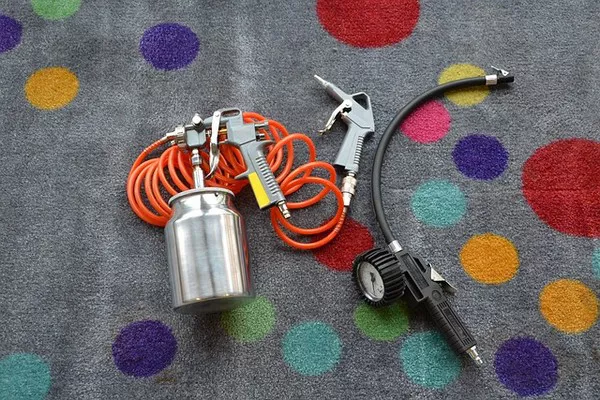In industrial settings, compressors play a pivotal role in various applications, from manufacturing to energy production. However, their operation often generates unwanted noise, leading to potential challenges in maintaining a conducive work environment. To address this issue, compressor sound blankets have emerged as a popular solution. This article explores the functionality of compressor sound blankets and delves into whether they truly live up to their promise of reducing noise effectively.
Understanding the Need for Noise Reduction
Noise pollution in industrial settings can have significant consequences, ranging from employee discomfort to regulatory compliance issues. Compressors, which are ubiquitous in these environments, are notorious for producing high levels of noise during their operation. The need for noise reduction solutions is thus paramount to ensure a safer and more productive workplace.
Compressor Sound Blankets: How Do They Work?
Compressor sound blankets, also known as compressor noise reduction blankets or compressor acoustic enclosures, are designed to mitigate the sound generated by compressors. These blankets typically consist of multiple layers of specialized materials that are chosen for their sound-absorbing and soundproofing properties.
Sound Absorption Materials: The core of compressor sound blankets often comprises materials with excellent sound absorption capabilities, such as high-density fiberglass or mineral wool. These materials are effective in trapping and dissipating sound waves, preventing them from reverberating and causing noise.
Outer Layers: The outer layers of the sound blankets are typically made of durable, weather-resistant materials. These layers serve a dual purpose: protecting the sound-absorbing core from environmental elements and providing an additional barrier for sound waves.
Installation: Compressor sound blankets are custom-fit to the specific dimensions of the compressor unit. They are designed to be easily installed without hindering the normal operation of the compressor. The installation process is crucial to ensuring optimal noise reduction performance.
Do Compressor Sound Blankets Deliver on Their Promise?
The effectiveness of compressor sound blankets depends on various factors, including the quality of materials used, the design of the blankets, and the installation process. In general, when properly designed and installed, compressor sound blankets can significantly reduce the noise emitted by compressors. Here are some key factors that contribute to their effectiveness:
Material Quality:
High-quality sound-absorbing materials are essential for the success of compressor sound blankets. Fiberglass and mineral wool are commonly used due to their proven track record in sound absorption. Investing in blankets with superior materials ensures better noise reduction outcomes.
Customization:
Compressor sound blankets should be tailored to the specific dimensions and configuration of the compressor unit. Customization ensures a snug fit, minimizing gaps that could allow sound leakage. Blankets that are too small or poorly fitted may compromise their effectiveness.
Installation Precision:
The installation process is critical to the success of compressor sound blankets. Improper installation, such as leaving gaps or not securing the blankets tightly, can undermine their performance. Following manufacturer guidelines and recommendations is crucial for achieving the desired noise reduction levels.
Environmental Considerations:
Compressor sound blankets should be designed to withstand the environmental conditions of the installation site. Whether exposed to extreme temperatures, humidity, or other elements, the blankets must maintain their integrity to ensure long-term effectiveness.
Benefits Beyond Noise Reduction
While the primary purpose of compressor sound blankets is noise reduction, they offer additional benefits that contribute to the overall efficiency and safety of compressor operations:
Thermal Insulation: The materials used in sound blankets often provide thermal insulation benefits. This can be advantageous in environments where temperature control is crucial for the proper functioning of the compressor.
Equipment Protection: Sound blankets act as a protective layer, shielding compressors from environmental elements such as dust, debris, and moisture. This additional layer of defense can extend the lifespan of the compressor and reduce the frequency of maintenance requirements.
Conclusion
Compressor sound blankets have proven to be effective in mitigating the noise generated by compressors in industrial settings. When engineered with high-quality materials, customized to fit specific compressor units, and installed with precision, these blankets can significantly reduce noise levels, creating a more comfortable and compliant work environment. Additionally, the thermal insulation and equipment protection benefits further contribute to the overall efficiency and longevity of compressors. As industries continue to prioritize worker safety and regulatory compliance, the adoption of compressor sound blankets is likely to increase, offering a viable solution to the challenges posed by compressor-generated noise.

